Things Are Disappearing Because Millennials Just Don’t Want To Pay For Them Anymore
Raisins Are for Kids
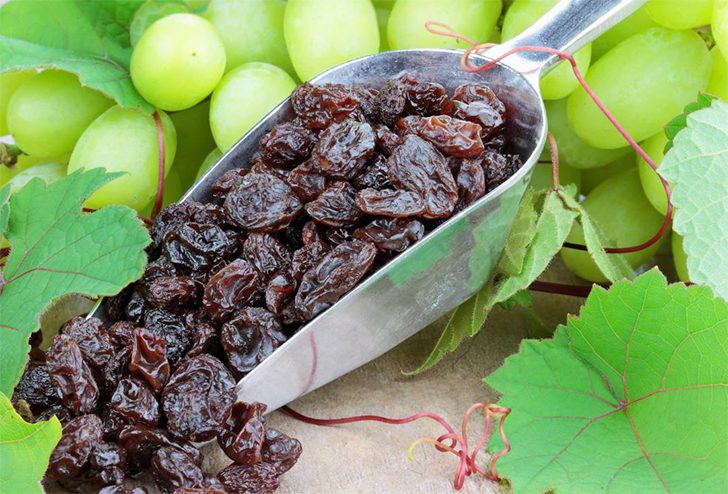
Millennials’ food preferences are a big problem for the raisins industry, or at least, that is the case in Sun-Maid’s CEO Harry Overly’s opinion. In a survey conducted on 120,000 American households, the National Consumer Panel found that most raisin consumers were from the older age group.
This is why companies like Sun-Maid have since thrown the gauntlet in their quest to win back the younger generation. The company launched its first commercial campaign in ten years, geared at millennials. This included a brand new look, exciting flavors, and new snack options.
Who Even Has Time for Cereal
For kids growing up during the ’90s and the early ’00s, enjoying cereal and milk breakfast while watching cartoons was arguably one of their favorite pastimes. Fast forward to the current decade, and millennials have swapped out this morning snack for other diet choices like avocado toast.

According to a survey by the New York Times wherein it studied millennials’ breakfast preferences, 40% of the subjects said that a crunchy and sweet morning snack was not their first food of choice. In their own words, it was primarily due to the hassle of cleaning up afterward, which is why the trend of eating morning toast is on the rise.
Saying “I Do” and Kissing The Bride? No More
The phrase “You may now kiss the bride” might still be quite popular in films and TV shows, but in reality, this is not the case anymore in real life. For most young adults, hearing these sacred words used to be one of their most fantasized-about moments, which is why it’s pretty sad for romantics like us.

According to the latest reports, younger Americans are now opting to get married at an older age or not tie the knot altogether anymore. During the ’80s, close to 70% of the population aged between 25 and 34 had already tied the knot, but today half of that demographic is single.
On-Demand Entertainment
In the past, the most you could ask for in a movie theater was a good seating position and a box of snacks. These days, however, theaters are adorned with the latest gadgets and gizmos, installing features like a high definition iMax viewing experience, 4D and 5D films, and the like. Ever wonder why?
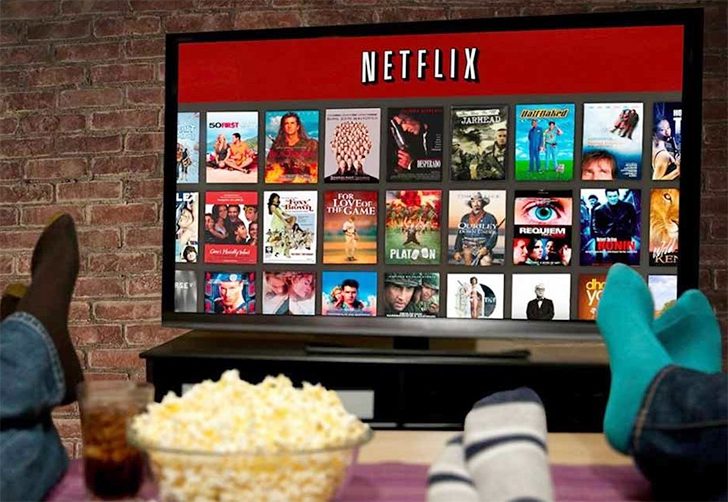
If you’re curious about why theaters today offer reclining chairs and bars in-house, there is a good reason why. Thanks to more in-home entertainment options for millennials, the cinema industry is slowly but surely dying, which is why they are desperately competing for your attention.
No Gas? No Problem
In the modern age, the automobile industry is not having the best of times, and millennials could be to blame here. For this demographic, cars are increasingly becoming less of a necessity and more of a burden.

According to the latest survey findings, automakers are shocked to find that millennials are waiting longer and longer to get their driving licenses. One reason for this trend is definitely the rise of ride-hailing and ride-sharing apps like Uber, Lyft, and GrabTaxi that are much more convenient and have thus made traditional motoring almost a thing of the past.
Body Wash is Taking Over Soap
Your bathtub and sinks might come with a built-in tray to hold your soap, but as it seems right now, this trend is on its way out. For the newer generation, body wash is the way to go, which is why they are pairing body wash with shampoo and other toiletries in their, well, bathrooms.
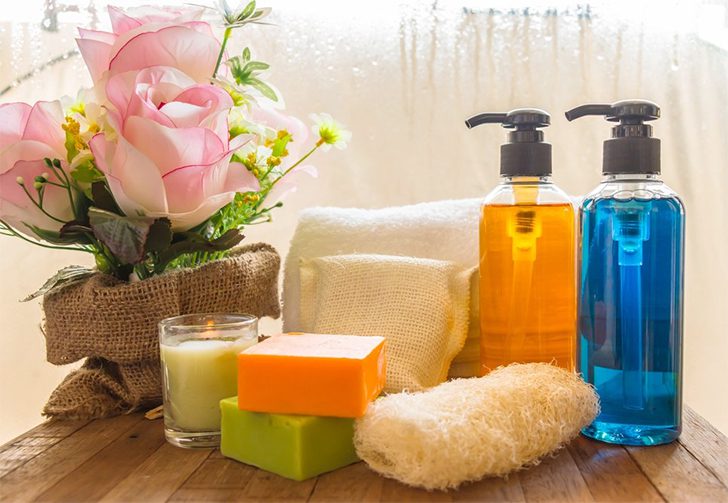
According to a report from MarketWatch wherein several subjects between the age of 18 and 24 were quizzed, young adults are now shying away from bars of soap. It’s because they believe germs can cling onto them after use, making the use of body wash seem more hygienic.
Gyms Are So Old School
While millennials are indeed single-handedly responsible for the rise of trends like working out and staying fit, they are now opting for non-traditional methods of doing so. In the past, to remain in peak physical shape, you had to be a gym rat, but this is not the case anymore.

According to the New York Post, the newer generation is more inclined towards things like CrossFit training facilities, online streaming services, boutique studio classes, and running clubs. With this trajectory, traditional training facilities might soon be a thing of the past.
Fabric Softener Is Optional
Between 2007 and 2015, the fabric softener market saw an alarming 15% drop in sales. A recent report from The Wall Street Journal suggests that younger users are skipping on fabric softeners and just sticking with washing fluids and detergents.
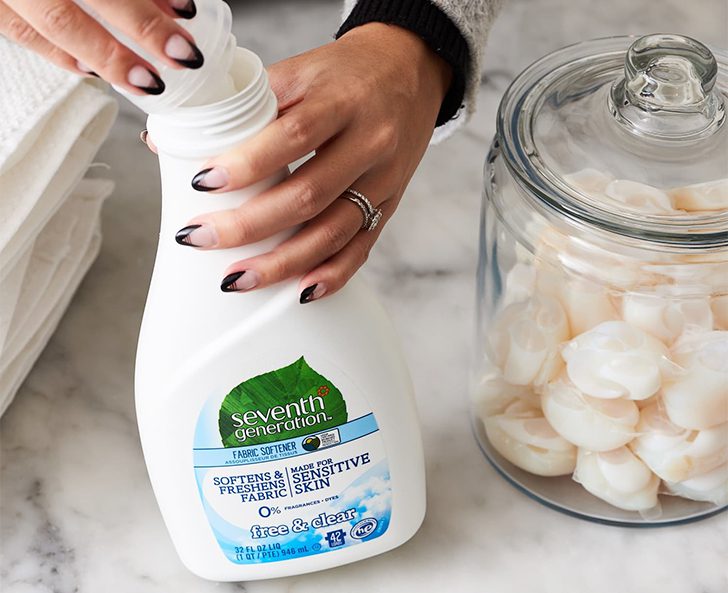
This suggests that millennials don’t feel the need to use a fabrics softener given the technological advances in automatic washers and the increased fabric quality of modern clothing. Regardless, marketers and company executives are now scrambling to find new ways to connect with this demographic to help save the floundering fabric softener industry.
The Dying Cruise Ship Industry
The cruise-ships industry might have been subjected to something of a horror show during the lockdown and travel restrictions. Still, considering the travel preferences of the younger generation, the future is not looking too bright for this segment.

Older and more mature readers among us might have grown up watching films like “The Love Boat” and falling in love with the prospect of a luxurious, romantic, and fun vacation on the waters, but this is not the case with millennials. According to Caribbean News Service, this demographic is more interested in ‘authentic experiences” instead, which is probably why they are not swayed by the prospect of a luxurious cruise ship.
Saying No to Brews
For local breweries and pubs, the latest trends involving millennials might be a cause for concern. Research suggests that, while the older generations might have grown up on beer and pub conversations in the past, the younger generation is going a whole different route.

It was almost a travesty for a household fridge to be without any beer in previous years, but young adults are now swapping out the alcohol for other pastimes like pot. This means that drinking in public and private is not only becoming less and less common, but it might also even become something that is frowned upon in the future.
Hello Streaming, Bye Bye TV
The TV industry has spent decades establishing its dominance in the entertainment sphere, but cable TV looks to be on its last legs, thanks to millennials. With the rise of streaming services like Azamon Prime, Netflix, HBO, and Hulu, all you need is a registered account and an Internet connection.
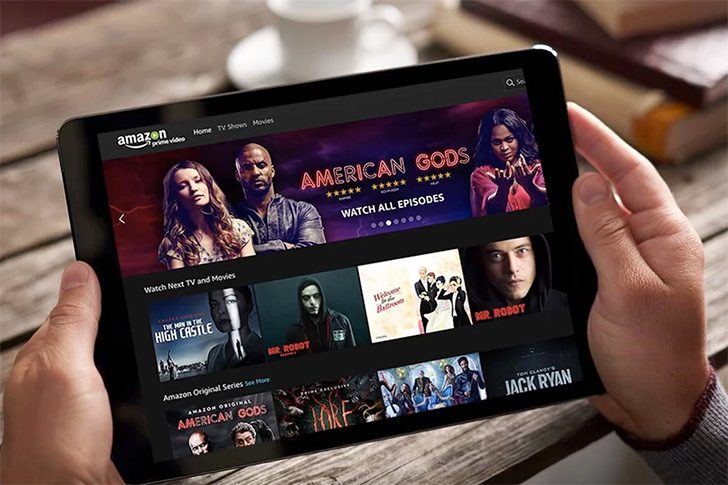
Additionally, waiting hours for your favorite show to air on television or, God forbid, if you’re late, start watching from somewhere in the middle is now a thing of the past. With streaming services, the consumer is now controlling what they watch and when they wish to watch it.
Casual Dining May Soon Be A Think of the Past
In modern times, restaurants find it increasingly hard to get customers to their door and seated at a table. According to the CEO of Buffalo Wild Wings, casual dining is much less prevalent now, thanks to the younger generation and their new ways.
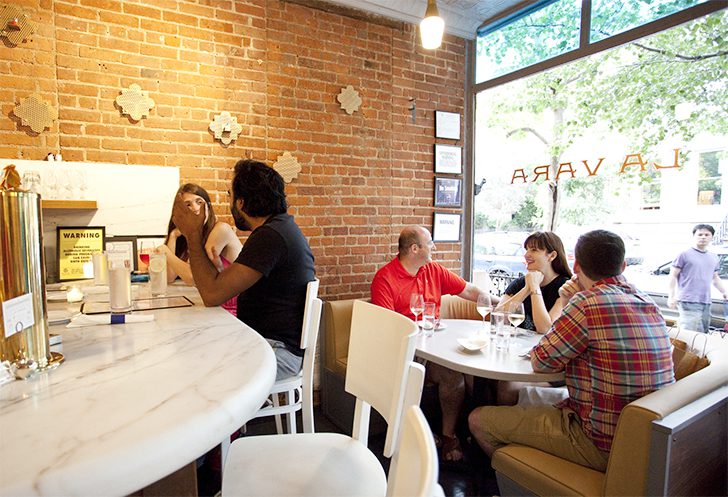
For this age group, schlepping to your nearby diner, making an order, and waiting for the best part of half an hour just to get your food is a deal-breaker. This is why food delivery services like Uber Eats, Postmates, and GrubHub have become more and more popular while catering to the needs of the new generation.
Diamonds Aren’t Forever
The diamond industry has spent decades and millions of dollars building a market around rare gems and stones, linking them to festive occasions like marriages, engagements, Christmas presents, and anniversaries. They might want you to believe that these sparkling metals are a girl’s best friend, but the newer crowd is not taking the bait.

According to findings, millennials’ priorities very much differ from traditional beliefs, and buying an expensive, glorified rock for their significant other to celebrate a joyous occasion is seemingly the last thing on their minds. Instead, they are more focused on saving up for or splurging on things like their own homes.
Saying No To Get-Rich-Quick Schemes
The turn of the century has seen many men and women hit it big and make millions after trying their luck at raffles and lotteries. Similarly, several governments worldwide have also tossed their own hats into the proverbial ring to cash in on the rising trend of lotteries.
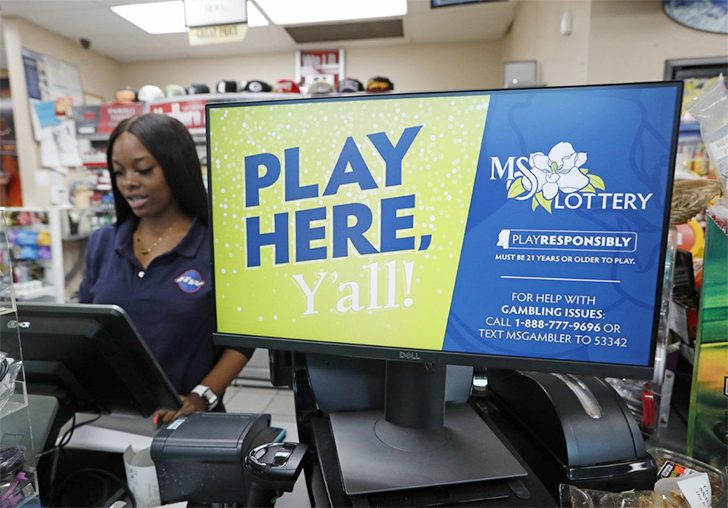
In the past, lotteries were all the rage, and in 2016, it was found that 61% of folks between the age of 50 and 64 participated in the lottery. In contrast, only a third of the population between 18 and 29 years old tried their luck on get-rich-quick schemes.
No Napkin for Me
Enjoying a meal at home? According to statistics, there is a 40% chance that you’re also using a napkin at the table. This figure stood at a steady 60% in the past, and millennials are primarily to blame for the decline in napkin use.
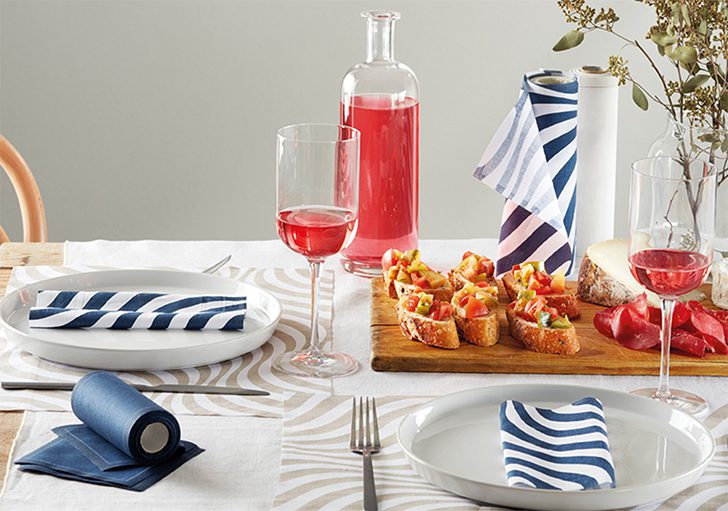
This is because Gen Y finds the use of paper towels more convenient since they do not need to be washed and re-circulated but can be discarded after use instead. According to a marketing director, the younger generation is also ditching the tradition of eating around a table—oh, how times have changed.
Ditching the Drive-thru
Since the turn of the century, chains like McDonald’s and fast food, in general, had become one of the most popular choices of food among all age groups. In the 2020s, however, this no longer seems to be the case.
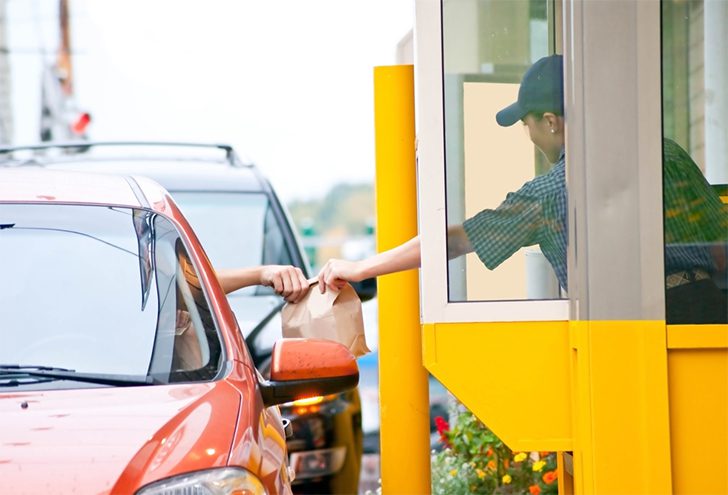
McDonald’s can use the clown to woo in their target audiences, but despite their best efforts, the younger generation seems to be parting ways with the concept of fast food. According to The Wall Street Journal, the ‘golden arches’ are losing their luster among millennials because they are instead opting for more healthy options. This is probably why we are seeing fast-food joints introducing plant-based burgers and sandwiches.
Shopping at Your Fingertips
In the words of Ariana Grande, if the millennials want it, they’ve got it. This is mainly due to the rising trend of online shopping because, after all, nothing can quite compare to fulfilling your wildest style desires and buying your favorite outfit from the comfort of your own home.
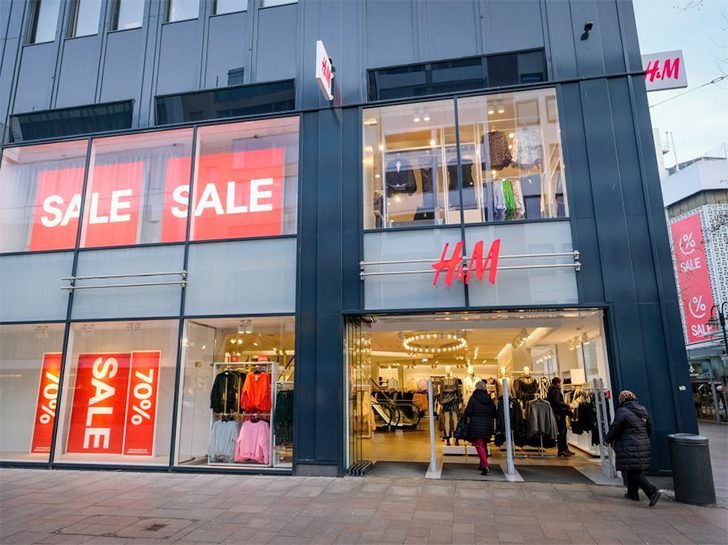
This does beg the question—if using online services means you can now buy all of your essentials just after a few clicks of a button, what exactly is the point of local stores and malls? The concept seems even more dated once you consider the fact that most retailers are now offering same-day shipping and one-day delivery. Tempting.
Ditching the Suit for A T-Shirt
Billionaires like Facebook’s Mark Zuckerberg and the UFC’s Dana White have proved that you don’t need to dress up in a suit to impress. Like Floyd Mayweather once said in Toronto in 2017, if you’ve already made it, you don’t have to wear suits anymore to prove your worth to the masses.

Inspired by tech moguls, millennials have also started following in the footsteps of ‘hip’ entrepreneurs and opting for more casual outfits. This is also why workplaces are now allowing their employees the luxury of showing up in casual outfits every single day of the week and not just on Friday.
Ironing Can be Such A Chore
In the past, every single household had an iron and an ironing board to make sure their outfits stayed wrinkle-free and in perfect shape. This also led to the rise of more advanced irons with features like steaming, different modes depending on the fabric, and cordless options for more versatility.

Similar to suits, ironing also seems to be fading trend as millennials seemingly don’t care as much about the creases and folds in their wardrobes. Plus, many of the fabrics today don’t need to be ironed, and even if they do, all you need is a splash of water, and they should be good as new again.
Stay Away from The Doorbell
While we’re on the topic of things going out the door, when’s the last time you’ve seen a young adult, or even yourself, use a traditional doorbell? We simply text or call the homeowner to tell them of our arrival on most occasions.
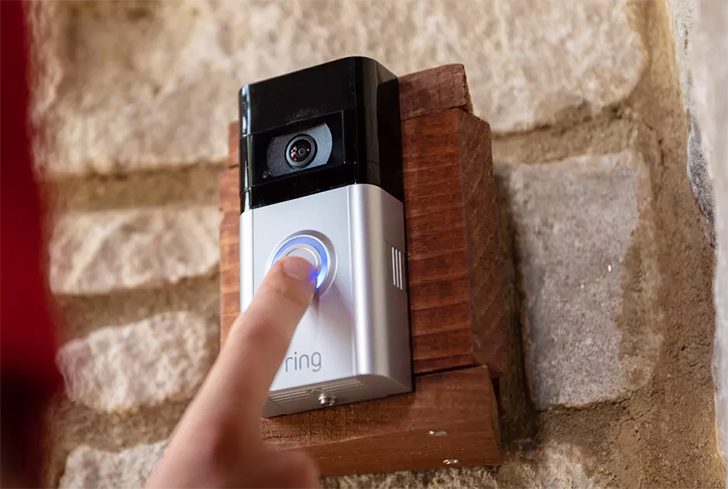
According to The Wall Street Journal, some younger individuals can even be freaked out at the sound of a ringing doorbell because they are so used to calling or texting on arrival or when receiving a guest. The next time you’re at the front door of a millennial, think twice before causing a ruckus by ringing the bell.
Where’s the Meat?
As animal rights activists have pleaded their case in the court of the public, millennials have happily hopped onto this bandwagon to voice their support. This means that not only the sales of fur coats and leather jackets are on the decline, but so too is the meat industry.
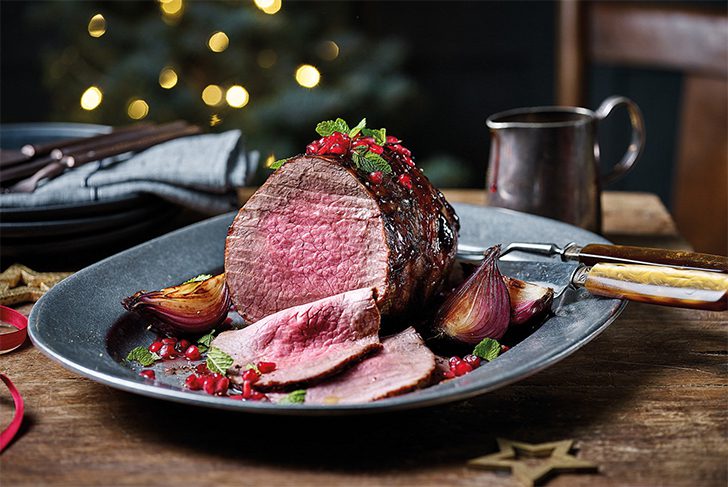
Some young adults have even gone to extreme lengths, like boycotting the meat industry altogether, citing the mistreatment of animals and the association of cows to climate change. Others have changed their eating habits and instead opted for a vegan or vegetarian lifestyle which has proved to be yet another blow for meat companies and vendors.
Home Phones Are So Old School
Growing up, we might have spent hours upon hours chatting away with our school friends on the landline, but times have changed now. With the popularity of cell phones and personal communication devices, now you can talk to your best friend in a more comfortable and private setting than, say, your living room.

Given that 66% of the individuals between the age of 25 and 29 live in a completely wireless home, landlines and phone booths are quickly becoming a thing of the past. Safe to say, the next time they buy or rent their own place, installing a home phone would probably be the last thing on their to-do list.
Designer Clothes Are Out the Door
While the ’80s, ’90s, and early noughties are best remembered as the era of outlandish outfits, designer clothes, and three-piece suits, that’s no longer the case. The younger folks are more and more inclined towards older and trendier outfits to show off their individual style.
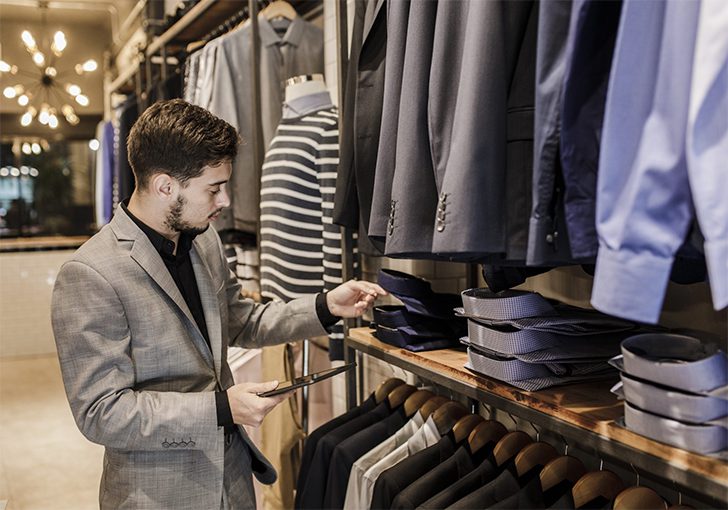
Excessive display of wealth using expensive wardrobes might now be a thing of the past as millennials are more likely to spend $10 in a thrift shop rather than splurge on costly attire. Not only is this the ideal way to save some cash, but they can also develop their style and find something that’s to their liking for an insignificant sum.
Mortgage? No Thanks
Millennials might have received a bad rep for graduating from college to move in with their parents, but in their minds, it does make financial sense somewhat. Not only are the prices of residential real estate continually on the rise, but it also means it would take decades for most of them to save enough capital to buy their own homes outright anyway.

Speaking of buying homes outright, most young adults are more inclined to rent an apartment or house rather than being ‘tied down’ after buying their own place. Perhaps this is why van life is fast becoming a popular and growing trend in developed nations.
Manipulation In Stock Markets
In the past, putting your life savings into the stock market or 401k accounts seemed to be the most logical option, but according to the latest statistics, this might no longer be the case. According to a survey by Barron’s, the prospect of putting your capital in corporate shares is no longer an appealing idea for the younger generation, with only 13% of those surveyed having plans of doing so.

Instead, they are spending their life savings on things like residential and commercial land. This is probably because they are aware of past market crashes and know how easily and quickly things can go very, very wrong.
No Longer Buying in Bulk
Buying groceries in bulk might be the way to do it when your momma was in charge, but if you haven’t joined the grocery revolution of the 21st century, you’re not too late to the party. Instead of cruising the aisles at your nearby shopping center, isn’t it much more convenient to use your smartphone to buy precisely what you need?

This way, not only can you skip on the long walks or drive to your nearby grocery store, but it also minimizes search time because you don’t have to spend hours browsing the aisles anymore. And did we mention this? No more waiting in long queues at the checkout counter.
Corks Are for the Elderly
Our parents might have become quite good at opening bottles with a corkscrew, but millennials have grown up opening plastic bottle openers and screw caps. The cork has been a staple of the wine and champagne industry for some four centuries, but it has since been overtaken by plastic and aluminum.
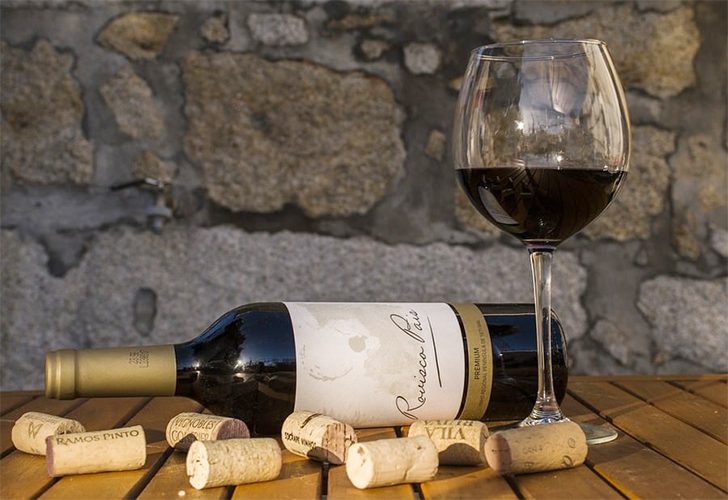
According to several reports, cork manufacturers aren’t resting on their laurels and are mounting a campaign to woo back the younger crowd. Cork is believed to have been in use in the wine industry since the 17th century due to its sealing capabilities, a trait that is achieved through its unique cell structure.
Trading Mayonnaise for Identity Condiments
With the rise in popularity of identity condiments, mayonnaise does not reign supreme in the American food market and restaurants anymore. This is why the use of the goopy emulsion in fast food, or indeed the fine-dining sector is steadily on the decline.

According to a Hingston study, millennials have pretty strong opinions about mayonnaise. They are seemingly put off by its jiggly structure, which is akin to bodily fluid, while its plain-jane pale color could be perceived as boring. This is why, between 2012 and 2018, mayonnaise sales in the States fell by some 6.7%, according to a report by Euromonitor.
Postcards Are A Dying Breed
Since teenagers and 20-year-olds today prefer selfies over the tradition of mailing postcards and personalized sentiments, postcards have quickly become the latest endangered commodity. It was a sad day indeed when J Salmon, England’s oldest postcard company, announced it would be closing its doors in 2017.
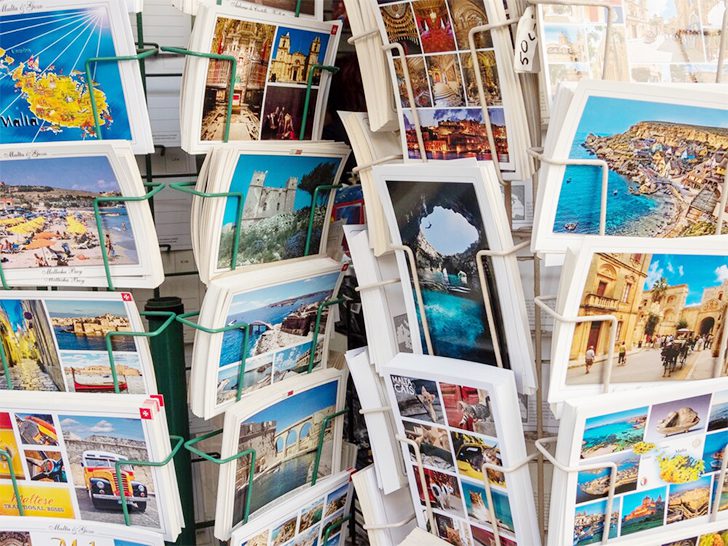
By the mid-’90s, more than 20 million postcards were sold to customers every year. By 2017, that number had dipped down to a mere five or six million, a sign that the end was near for the once-thriving industry thanks to modern services like Instagram and Facebook.
Golf Is For Grandpa
While we write this report with a heavy heart, reminiscing about once-thriving industries, we have to admit that we’re not terribly saddened by this next one. At 6.4 million, millennial golfers in the United States make up only 28% of the country’s total player base today.
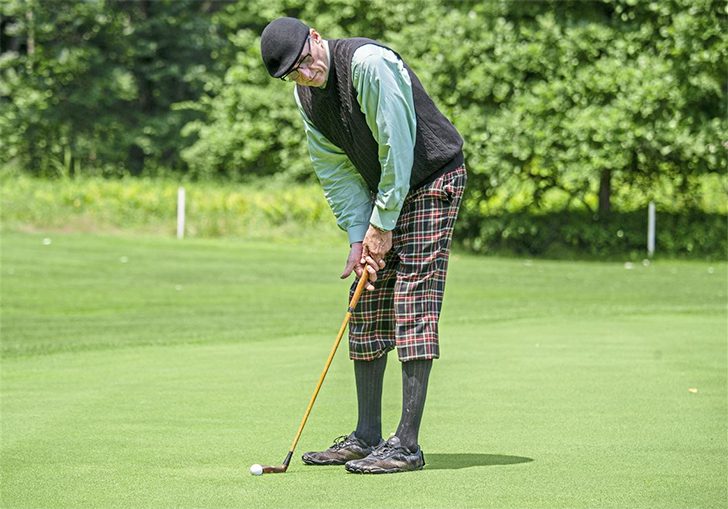
If the trend continues, the $5 billion industry that was one of the favorite pastimes of wealthy business people and powerful politicians could soon be a thing of the past. The situation has quickly become critical, which is why industry promoters and executives are scrambling to engage the younger crowd between the age of 18 and 34.
Dairy Milk is On the Decline
In the past decades, the milk section of your neighborhood grocery store or vendor would only have one option—dairy milk. Now, this section is filled with a plethora of options like soy milk, oat milk, rice milk, almond milk, and artificially-flavored chocolate and strawberry milk.
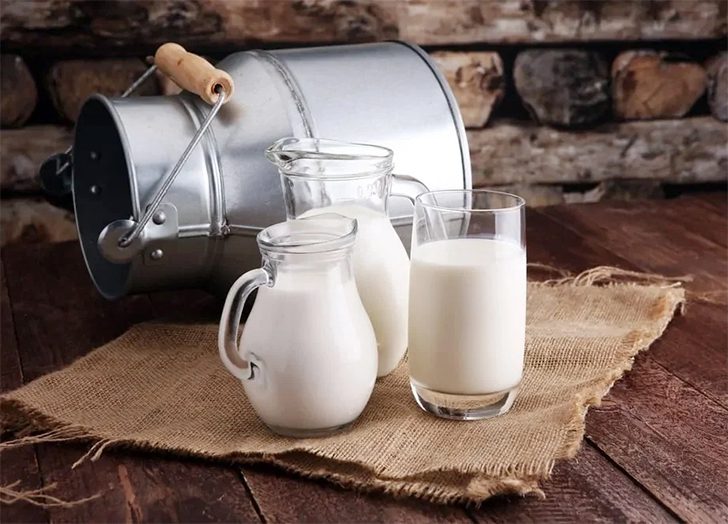
Due to its animal-free quality, plant-based milk has become increasingly popular among the younger crowd. Additionally, dairy-free milk is not a significant climate change contributor. At the same time, the concerns regarding the treatment of cows have proved to be the last nail in the coffin for traditional dairy products.
Why Go to A Hotel When You Have Airbnb
In the past, a hotel room was expected to have little more than a fixed bed, light fixtures, and some storage for your personal belongings. Today, however, the sky is truly the limit when talking about the services and amenities offered in this industry.

From elevators to wireless Internet and indoor toilets and showers to several entertainment options, the hospitality industry has come a long way to cater to the ever-changing needs of its customers. With the rising trend of home-sharing and services like Airbnb and Turnkey, traditional hospitality services seem to be going out of the door.
Canned Tuna Is Old News
According to a report by the Wall Street Journal, millennials are single-handedly to blame when we’re talking about the slow death of the tuna industry. The U.S. Department of Agriculture has revealed that from the mid-80s to 2016, consumption per capita of tanned tuna has fallen by a whopping 42%.
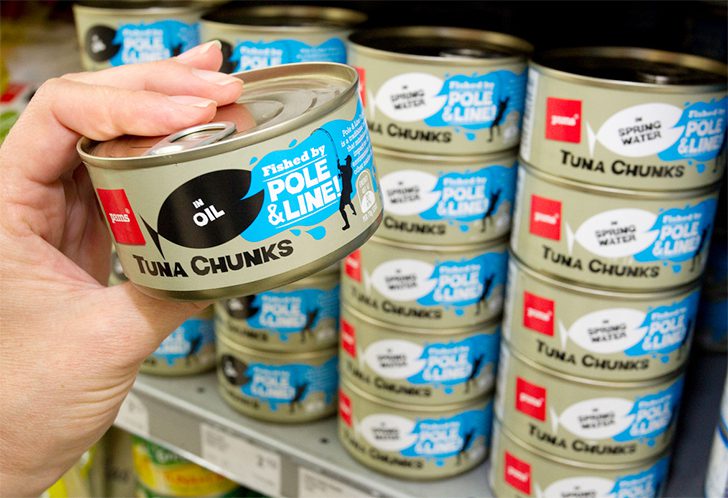
Given that young adults are less and less inclined to opt for packaged products in favor of a healthy diet, processed foods, in general, are on the decline. This is why the Wall Street Journal has found that today, only 32% of millennials are buying canned tuna, whereas, in previous decades, this number was much higher and consistent.
Leave Large Turkeys in Your Momma’s Kitchen
If recent trends are believed, small turkeys are having a big moment. Thanks to the millennials’ ongoing campaign to give American gastronomy a makeover, seeing a tiny turkey at the Thanksgiving table is the new normal.
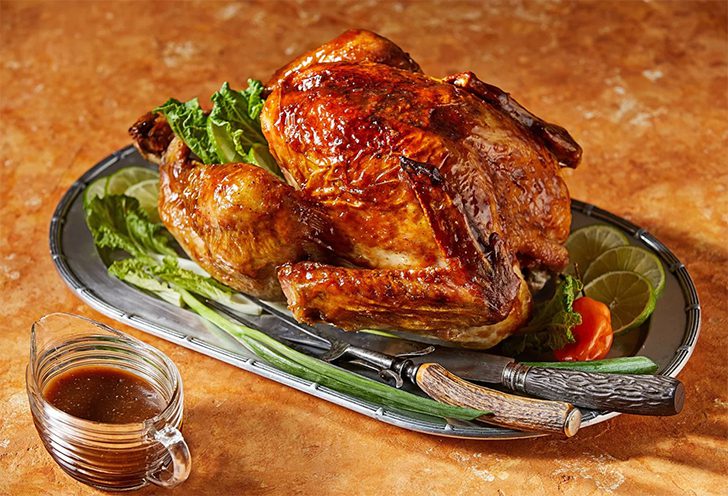
Although most millennials had become quite used to digging into large turkeys during Thanksgiving holidays during their earlier years, the trend is sadly not being repeated today for their ‘Friendsgiving’ get-togethers. This is because most of these young adults have little to no idea about cooking a large turkey which means that if they do indeed have a turkey on the table during Thanksgiving, it’s usually a tiny one.
Without Carrie Bradshaw, Stilettos Are Becoming Irrelevant
Carrie Bradshaw might have taught us that having five-inch heels in our closet is a must-have, but all of her on-screen hard work has seemingly gone down the drain in recent years. Sales of ‘exotic’ footwear like this are slowly declining as the younger crowd is going for sneakers and flats instead.
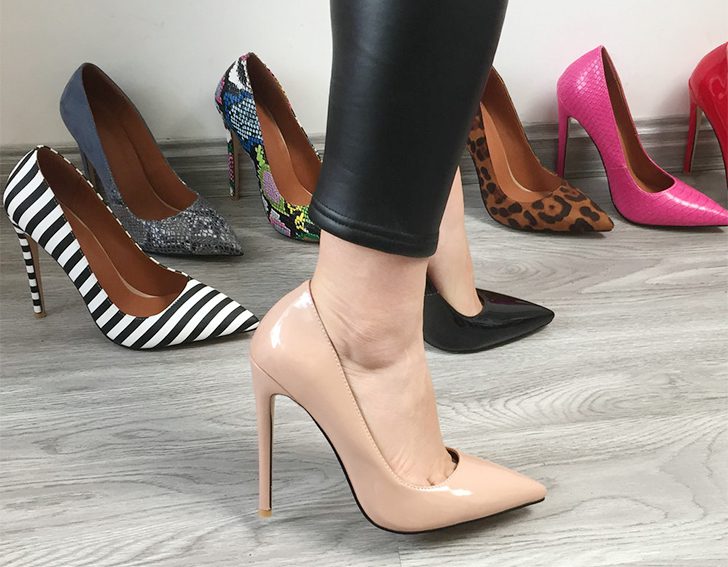
As the athleisure trend has exploded, it has signaled an imminent death of exotic footwear items since the two simply don’t match. With the rise of casual outfits in the workplace and people opting for practicality and comfort over style, they have also thrown Carrie Bradshaw’s closet choices out the window.
No One’s Buying Processed American Cheese
While processed cheese rarely goes bad thanks to all of its preservatives, trends of its consumption, however, are going from bad to worse. One after the other, American food outlets are closing their doors on their once-favorite ingredient.
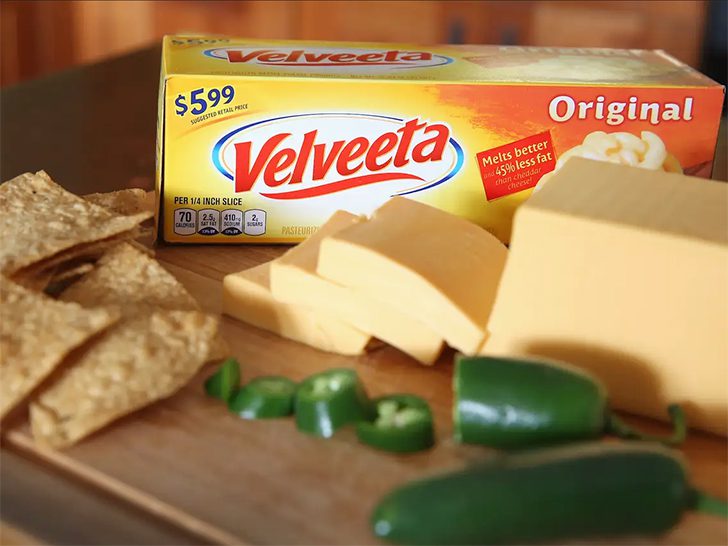
In its place, gourmet and fancier cheese options are now the way to go, which is why since 2014, sales numbers of producers like Velveeta and Kraft have gone down significantly. Millennials are known for being thrifty and spending on a budget when it comes to their diet, but it seems like processed cheese is where they are drawing the line.
Raisins Are for Kids
Millennials’ food preferences are a big problem for the raisins industry, or at least, that is the case in Sun-Maid’s CEO Harry Overly’s opinion. In a survey conducted on 120,000 American households, the National Consumer Panel found that most raisin consumers were from the older age group.

This is why companies like Sun-Maid have since thrown the gauntlet in their quest to win back the younger generation. The company launched its first commercial campaign in ten years, geared at millennials. This included a brand new look, exciting flavors, and new snack options.
Yogurt is Going Dairy-Free Too
The yogurt market might have become a $1 billion industry over the decades, but the latest dairy-free trend might have something to say about that. Just like dairy milk has been replaced by plant-based and dairy-free milk products, young adults are now going for newer options like Greek yogurt.
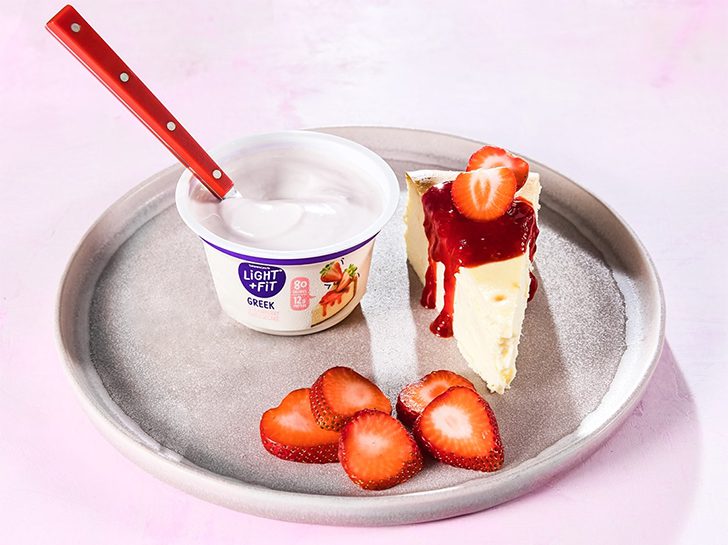
In 2016, Nielsen reported that sales of light yogurt had fallen from $1.2 billion to $1 billion over the previous year. This meant that the light yogurt market had lost 8.5% in a single year as the wider yogurt industry had already been steadily shrinking for the past three years.
Gillette Is No Longer the Best A Man Can Get
Hip, suave hairstyles might be the new norm but so too is the trend of, well, trendy beards. To save time, and in some cases, their wallet, young men are choosing to let their beards grow and thus ditch the razors.
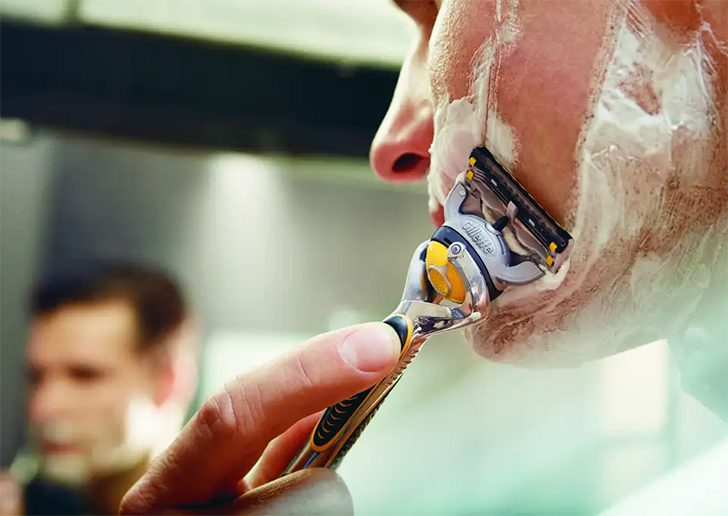
This is a big problem for razor companies like Gillette because they had spent decades and millions, if not billions, to turn their business into a $3.39 industry by 2019. According to P&G CFO, sales of men’s shaving products have gone down by 11% over the past five years while the U.S. market has fallen from $2.4 billion to $2.2 billion between 2015 and 2018, according to Euromonitor.
Declining Football Viewership
While we know millennials are primarily responsible for the boom of sports like soccer, it seems like centennials are not following in their footsteps. What’s more, even the sports-hungry millennial demographic has been distancing itself from age-old sports like the NFL and football.
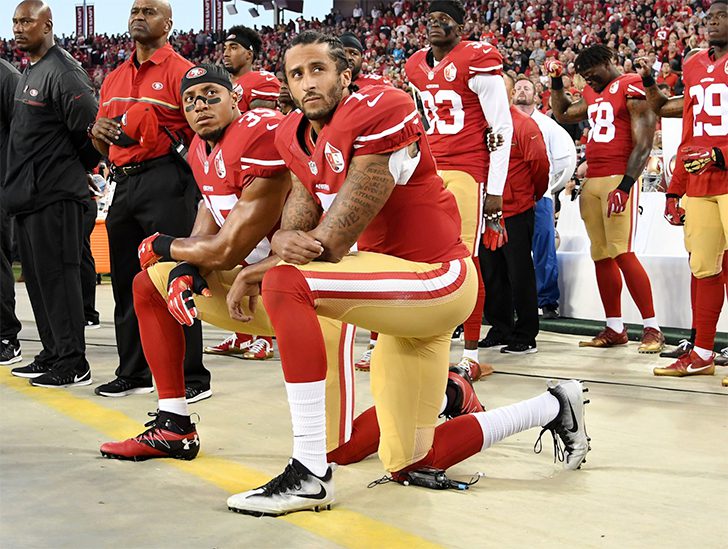
Football viewers, especially among younger audiences, have declined over the last few years, both on the college and NFL stage. While most analysts are confused about what could be behind this trend, they believe it might have something to do with the decline of cable TV, some tedious aspects of the game, or even the 2016 election.
Leave the Gucci Bags to Models and Rappers
The fashion industry has seen significant changes in recent years as sales figures for expensive outfits and even handbags have dropped. Because of this, even brands with a rock-solid reputation like Michael Kors and Gucci have been selling most of their products at a discount because millennials seemingly don’t care about them anymore.

What’s even more concerning for these larger-than-life brands is that Gen Z does not have the extra capital to spend on lavish items like expensive handbags and footwear. According to industry expert Robin Lewis, this is an alarming situation for brands at the upper echelon of consumer sectors.
No More Cooking At Home
During the pandemic, we have seen people spend more time indoors. This also means that the younger crowd has finally come around to the idea of cooking at home, a prospect that was pretty novel in the years before.

With the rise of subscription-based food delivery options, it almost seemed like millennials were opting out of home cooking. Still, given their health-conscious mantra and the ability to order organic, home-grown vegetables on the Internet, that trend finally seems to be reversing. For a while there, things were looking pretty bleak, with UBS even forecasting that by 2030, online food delivery would make up 10% of the entire food-service sector.
You must be logged in to post a comment Login